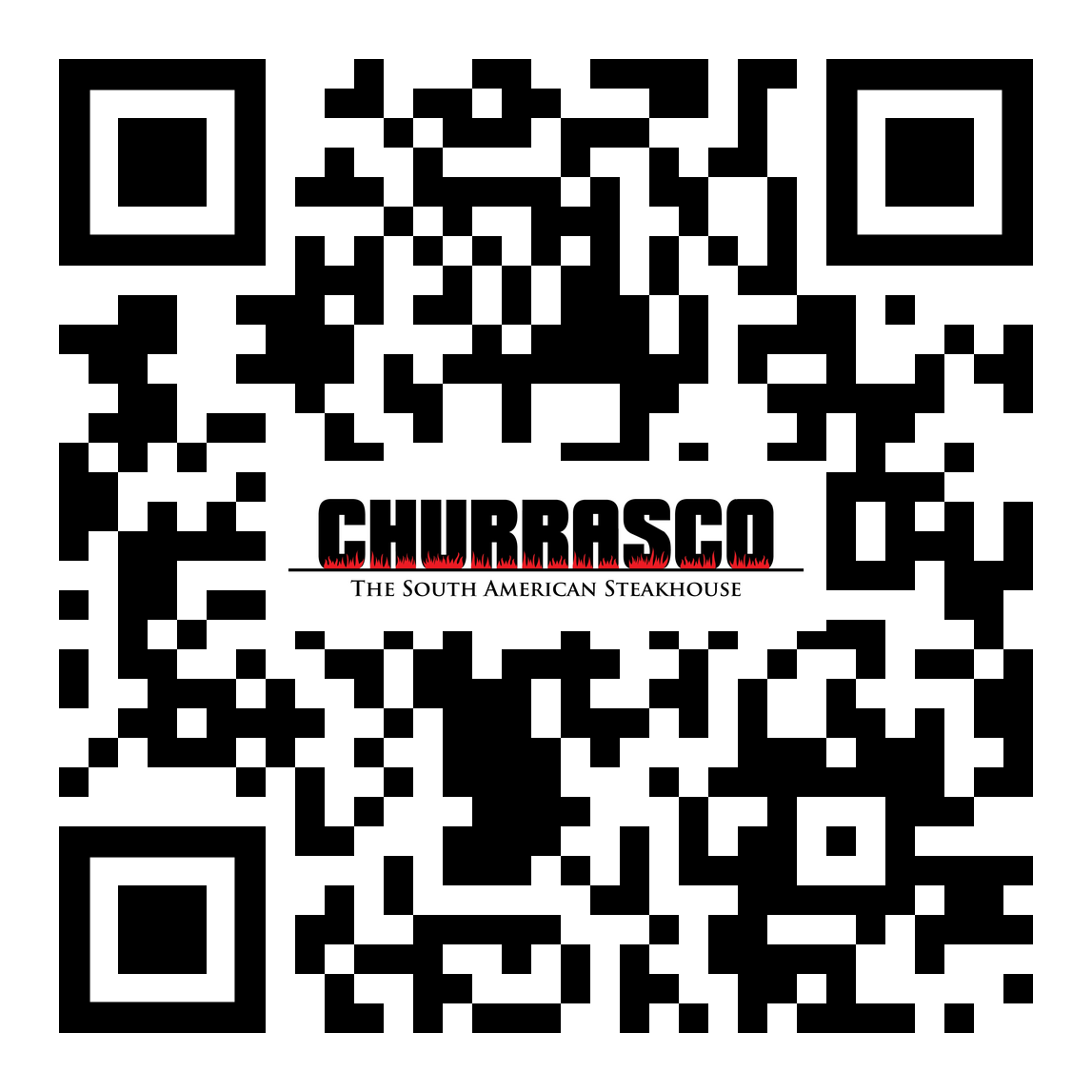A few years ago, most people (including me) didn’t know what on earth a QR code was. Now, you’ll find them front and center on restaurant tables across the world, often taking the place of traditional menus entirely. They’re simple: scan the square, scroll the menu, place your order. For restaurant owners, QR menus seem like a no-brainer. They save staff, money, they cut down on waste and speed up service. But while they’ve made life easier in some ways, they’ve also changed the dining experience in ways that aren’t for the better.
Real Business Benefits
First off, they’re cheaper. No more printing new menus every time you update prices or run out of a dish. You can make changes instantly, which is especially helpful for places with seasonal ingredients or daily specials. They also reduce staffing, since customers can browse and even order without waiting for someone to come by. That’s huge at a time when it’s tough to find and keep good front-of-house staff. In fast-casual spots or busy cafes, it keeps things moving and frees up employees to focus on other tasks.
There’s also the data. QR menus can show what people are clicking, how long they spend looking, what they skip, and what they order. That kind of insight can help you tweak your offerings or push certain dishes more effectively. Plus, digital menus can include nice extras, such as photos of dishes, allergen info, multiple language options, even wine pairings. From an operational standpoint, there’s a lot to like.
Something’s Missing
The biggest issue is that they take the soul out of the dining experience. The moment someone pulls out their phone, it shifts the vibe. Instead of settling in and engaging with the space or the people at the table, guests are staring at screens. The simple, human interaction of handing over a menu or walking someone through the specials is gone, gone, gone.
That small talk with a server? The chance for a recommendation, a story behind the dish, a bit of warmth? It disappears when a phone takes over the job. And that matters. In hospitality, those moments are what set great restaurants apart from the forgettable ones.
QR menus also miss upselling opportunities. A seasoned server can read a guest’s mood and suggest a great glass of wine or a dessert to share. A screen, no matter how well designed, doesn’t have that touch, unless in one of those dreaded pop-up screen. Yikes!
The Fast Food Vibe
There’s also the problem of “scroll fatigue.” Without a server guiding the experience, some guests get lost in endless lists of items, especially if the interface is cluttered or hard to navigate. A physical menu offers focus, and a human tactile experience. A digital one feels like you’re shopping online rather than enjoying a meal out. And that’s before you factor in bad Wi-Fi, poor lighting, or a phone running low on battery. It’s not just an inconvenience, it throws off the whole rhythm of a special night out.
Not For Everyone
Older diners, folks with visual impairments, and people who just want to unplug for a bit feel alienated when QR menus are the only option. Even tech-savvy guests might find them annoying when they’re forced to scan just to order a glass of water. And when digital ordering systems handle everything from the menu to the bill to the feedback form, the whole thing starts to feel less like dinner and more like a transaction at a fast food outlet. In fact, some countries and cities are now looking at making printed menus mandatory again. Just to make sure restaurants stay accessible and welcoming to everyone.
The Middle Ground
None of this though means QR menus are bad across the board. In the right setting, they improve efficiency. But restaurants need to be thoughtful about how and when they use them. The sweet spot? Give people options. Let guests choose whether they want to browse on their phones or hold a printed menu. Use digital menus as a support tool, not a replacement for staff. That way, you keep the tech benefits without losing the personal touch. Some restaurants even train servers to walk guests through the QR process and still offer suggestions and insights. Others use QR codes just for payment or special offers, keeping the rest of the service traditional.
Technology should support hospitality, not replace it. The best restaurants don’t just serve food, they create moments and memories by making people feel looked after. If we let convenience take the wheel completely, we risk losing the very thing that brings guests back again and again.
Image Credit: https://www.churrascophuket.com/menus
_ _ _
© CHURRASCO PHUKET STEAKHOUSE / ALL RIGHTS RESERVED
Reprinting, reposting & sharing allowed, in exchange for a backlink and credits
Churrasco Phuket Steakhouse serves affordable Wagyu and Black Angus steaks and burgers. We are open daily from 12noon to 11pm at Jungceylon Shopping Center in Patong / Phuket.
We are family-friendly and offer free parking and Wi-Fi for guests. See our menus, reserve your table, find our location, and check all guest reviews here:
https://ChurrascoPhuket.com/
#Churrascophuket #jungceylon #phuketsteakhouse #affordablewagyu #wagyu

